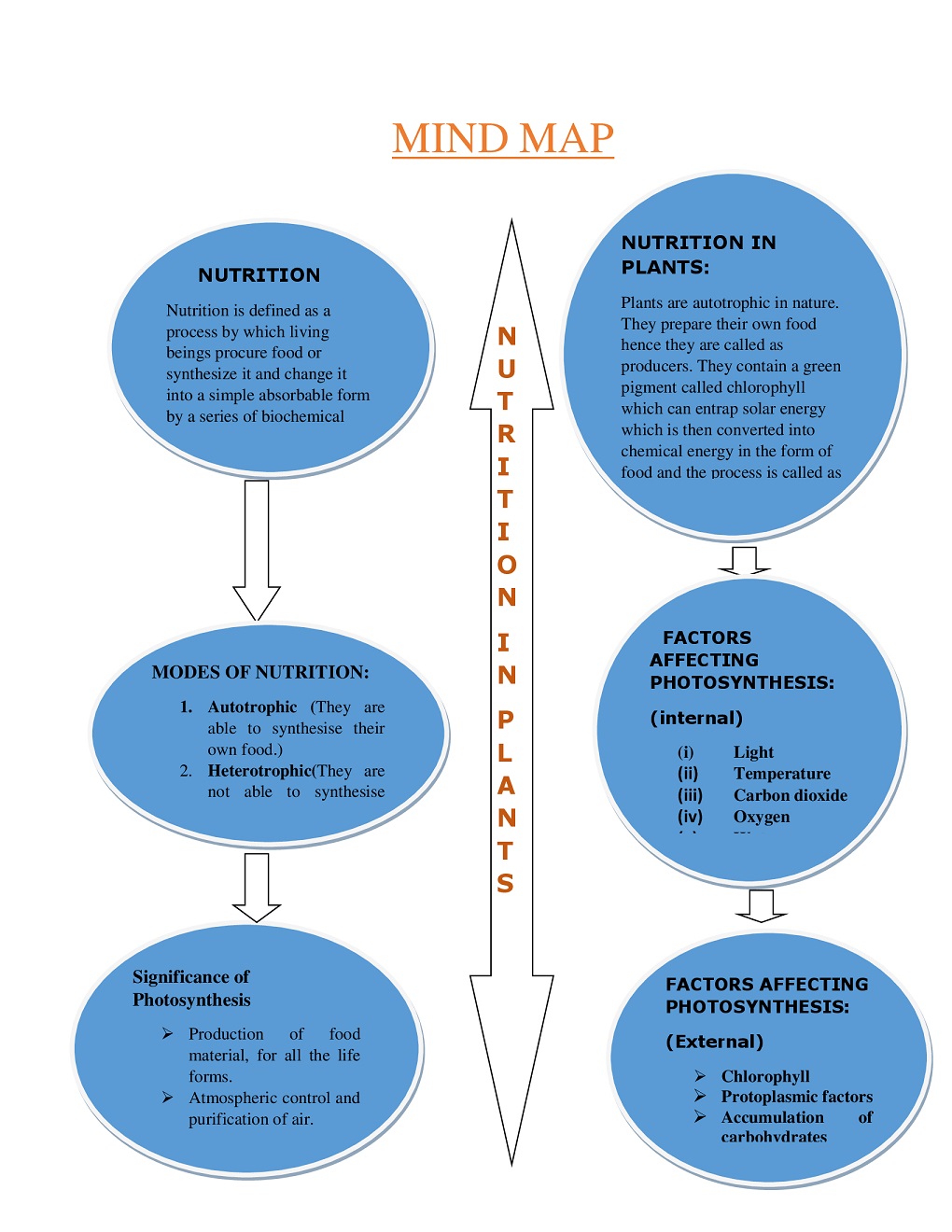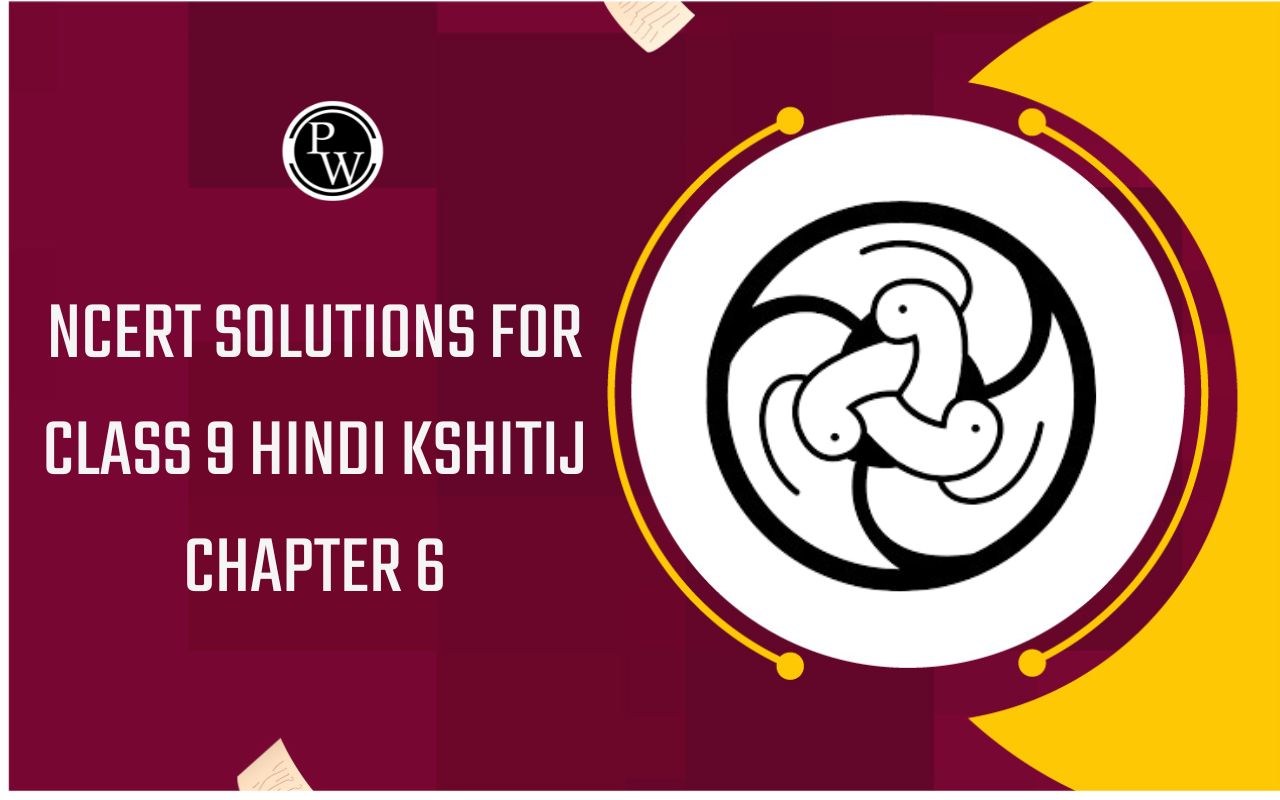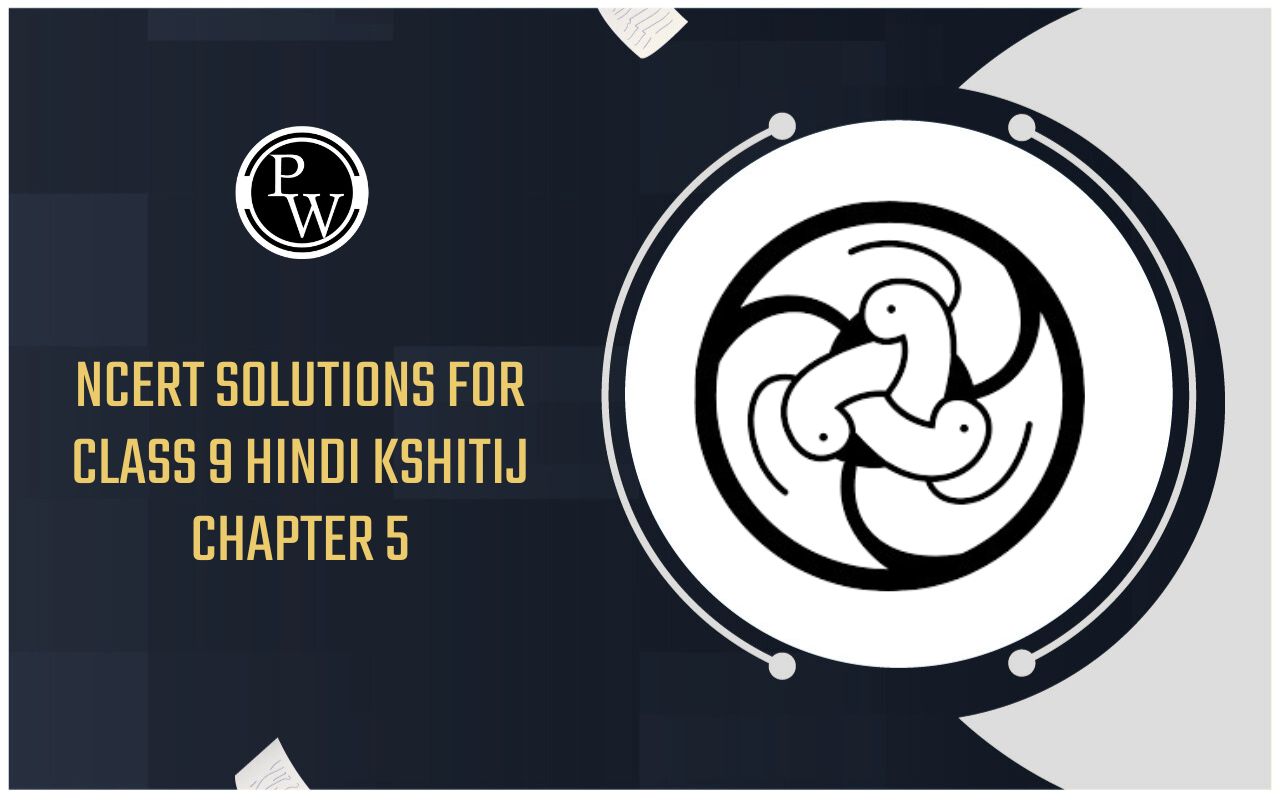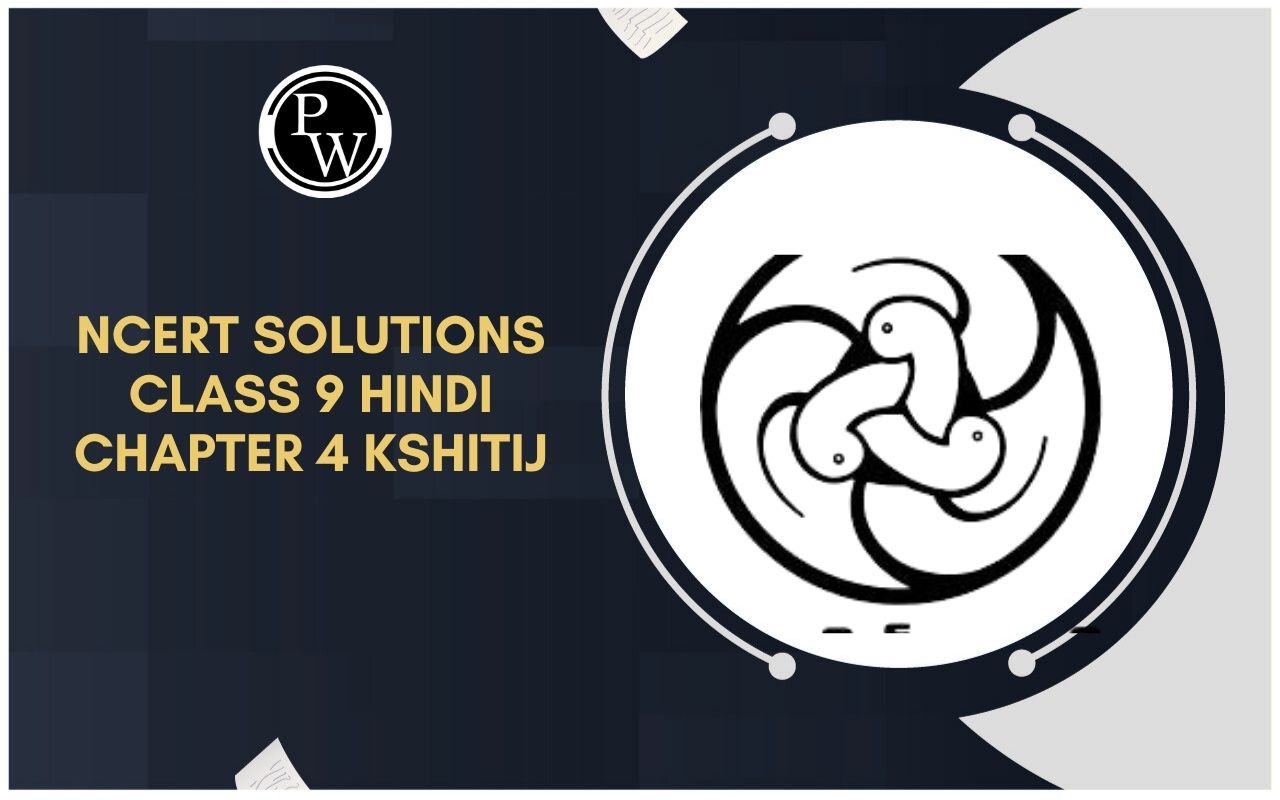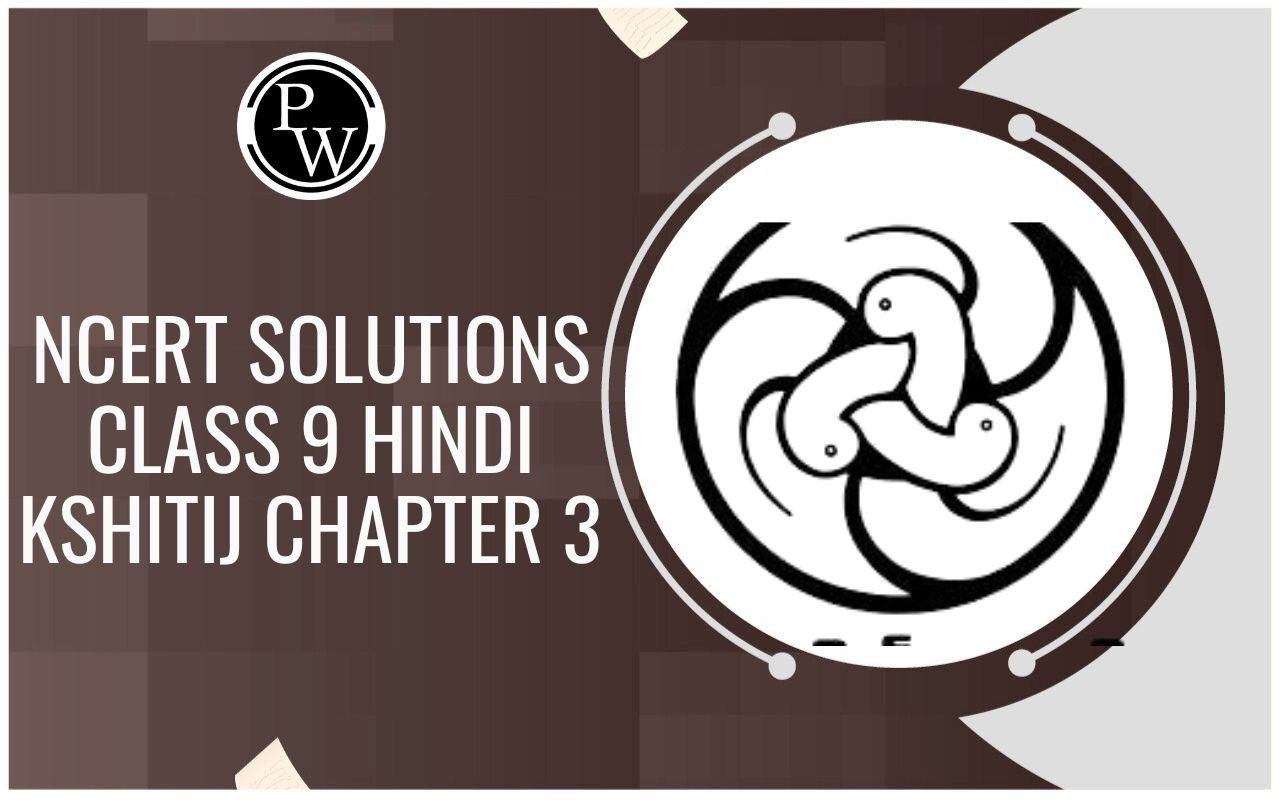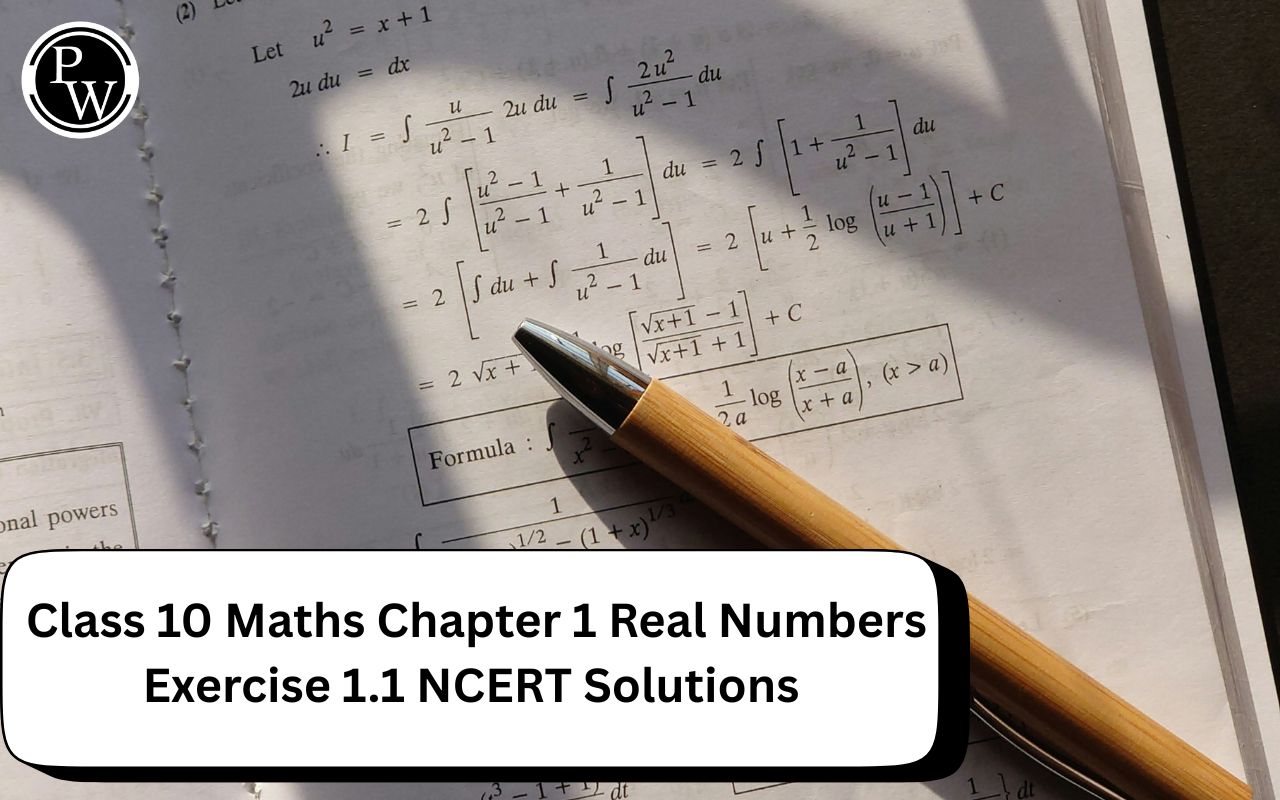
Mind Map
Nutrition in Plants of Class 7
All of us know that food is essential for all living organisms. The most important components of food are carbohydrates, proteins, fats, vitamins and minerals. All these components of food are necessary for our body and are called nutrients. All most all living organisms require food.
Plants can make their food themselves but animals including humans cannot. They get it from plants or animals that eat plants. Thus, humans and animals are directly or indirectly dependent on plants. In this chapter you will learn all about nutrition.To score More in your class 7 refer NCERT solutions for class 7 Science .
“Nutrition” is a process of intake as well as utilization of nutrients by an organism. It is the process of breakdown of nutrients into smaller molecules and their absorption. Food provides us nutrition and energy. It contains different types of nutrients in varying amounts according to the need of our body.
Steps of photosynthesis
Photosynthesis is a two step process.
Light reaction: ATP, NADPH 2 and O 2 are produced.
Dark reaction: CO 2 & H 2 O are converted into glucose.
Sunlight
- For plants sun is the basic source of radiant energy.
- Plants utilize the light in the visible region of solar spectra (electromagnetic spectrum) which comes under the range of 390 nm – 780 nm wavelengths.
- Visible region consists of white light which is a mixture of 7 lights of different wavelengths.
- Maximum photosynthesis occurs in red region
- There is no photosynthesis in green region because green parts of plants reflect whole of the green light.
Chlorophyll
These are the green pigments present in chloroplast. They are found in green leaves in the maximum amount as well as in other green aerial parts of plant. There are six different types of chlorophylls: chl a, b, c, d, e and bacteriochlorophyll. Amongst them chlorophyll a and chlorophyll b are the most commonly occurring chlorophylls.
Besides chlorophyll certain other pigments are also present in plants like:
- Carotenes: Orange in colour e.g. Carrot.
- Xanthophylls: Orange yellow in colour e.g. Maize.
- Phycobilins: Different colours like red, violet e.g. Blue-green algae, Brown algae etc
